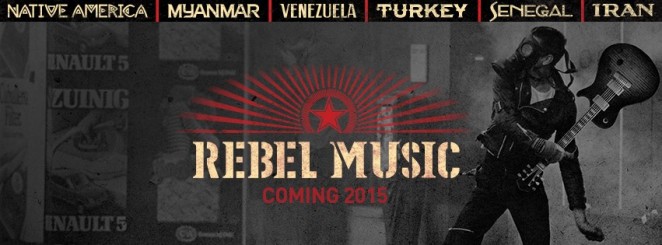Oct 29
20150
Non-Profit Industrial Complex, The Occupation of Haiti, USAID, Whiteness & Aversive Racism
WATCH: Haiti – The Role of the UN, International Aid, and NGOs in Haiti
Video published on Jan 28, 2015
The year 2015 marks the 100th anniversary of the US occupation of Haiti and 10 years of the UN Stabilization Mission in the country. Telesur reports looks at the role of the UN mission through interviews with Sandra Honore, special representative of the Secretary General of the UN and chief of the UN Mission in Haiti (Minustah) and various participants in Haitian political and social life. They offer their different points of view and conflicting balance sheets of the role played by the United Nations in stabilizing the country and, along with other agencies, USAID, and NGOs, in providing aid after the devastating 2010 earthquake. Many social activists charge that the aid came with a political agenda attached and little of the funds trickled down to help those most at need. Source: teleSUR




























